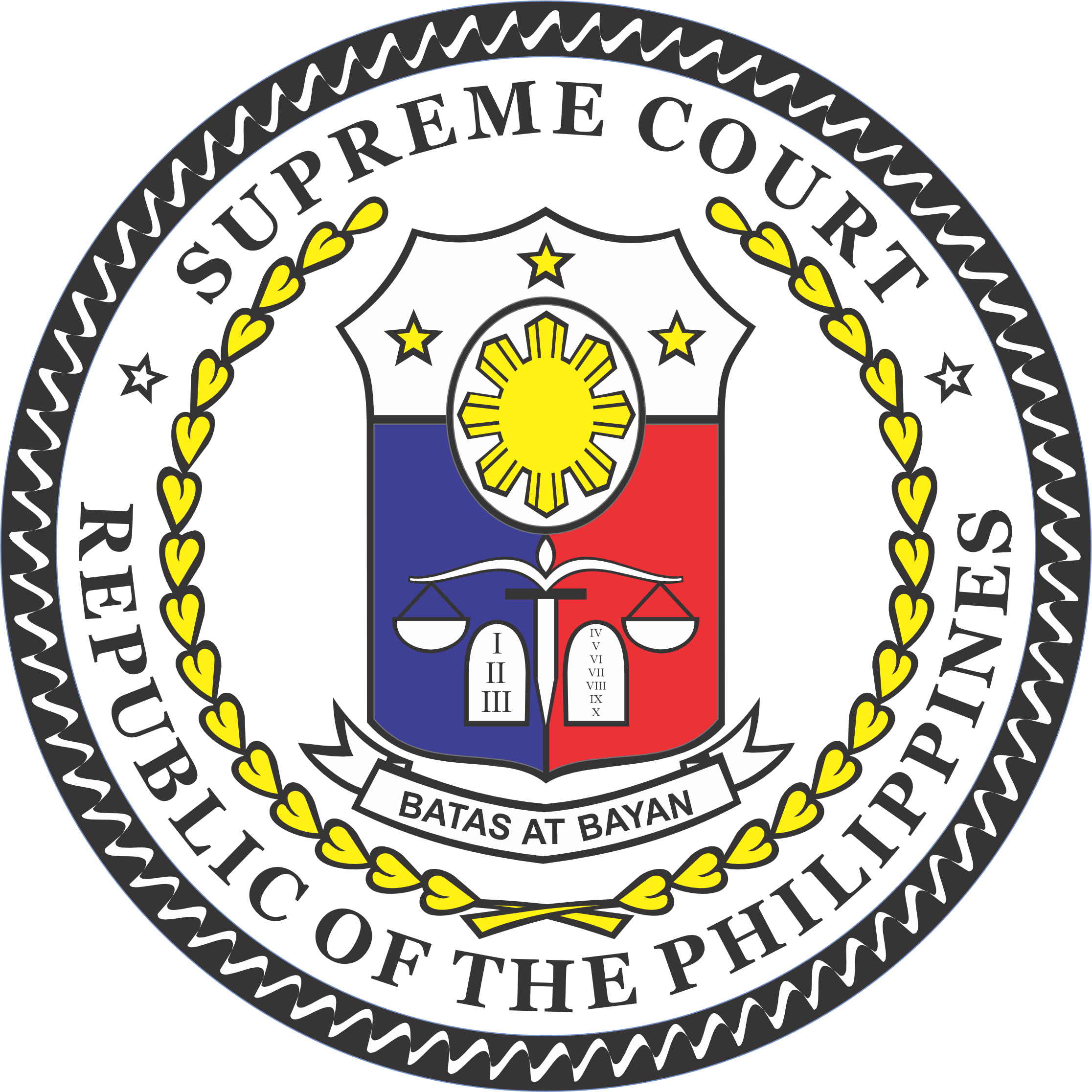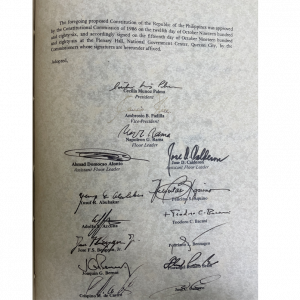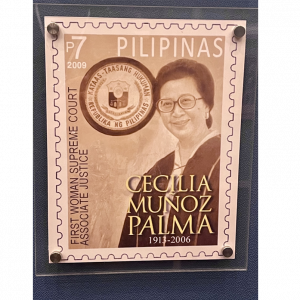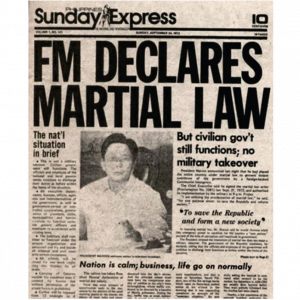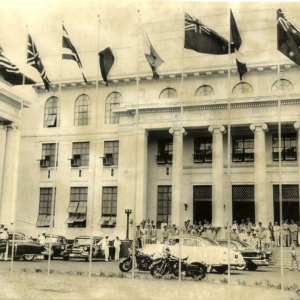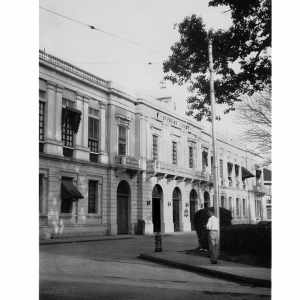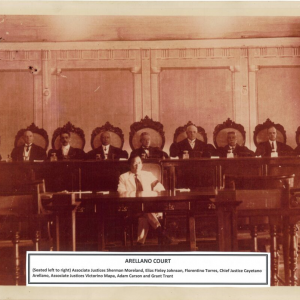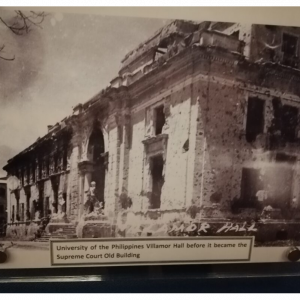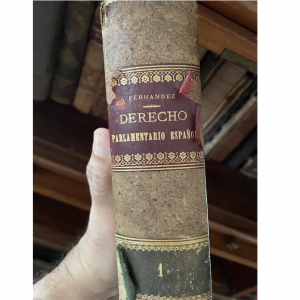SC Disbars Lawyer who Refused to Provide Child Support
September 21, 2023
The protection of women and children extends to the cleansing of the ranks of lawyers with the audacity to evade the duty to support one’s family and who violate court directives, including those who unlawfully conceal properties beyond the reach of their families and the courts.
Thus ruled the Supreme Court En Banc in a Per Curiam Decision imposing the supreme penalty of disbarment on then Atty. Wilfredo A. Ruiz for economic and emotional abuse; gross immorality; committing falsehood and exploiting court processes; unduly delaying a case; impeding the execution of a judgment; and misusing court processes.
In 2008, AAA sued her husband, then Atty. Ruiz, for violation of Republic Act No. 9262, or the Anti-Violence Against Women and Their Children Act (Anti-VAWC Law). AAA accused Ruiz of inflicting on her physical violence, emotional stress, and economic abuse by depriving her and her children of support. She also applied for a Permanent Protection Order (PPO).
The Pasig City Regional Trial Court (RTC) granted the PPO, which included a directive to Ruiz to provide AAA and their children, BBB and CCC, support equivalent to 50% of his income. His employers were thus directed to withhold and automatically remit directly such amount to AAA.
Despite the said directive in the PPO, however, Ruiz still failed to provide for his family. This prompted AAA to enforce the PPO, resulting in the issuance by the RTC of a writ of execution in 2013.
But Ruiz continued to refuse to provide support even with the writ of execution from the RTC. The RTC also had difficulty enforcing the writ of execution as Ruiz could not be found on the five different addresses he provided the Court.
Ruiz also attempted to hide his earnings and properties by executing an agreement with Radelia C. Sy, a woman he was living with as his common law spouse. Under the agreement, Ruiz’s minor child, CCC, shall be excluded from receiving any financial support.
Ruiz subsequently filed a petition for declaration of nullity of his marriage with AAA, which was granted in 2016.
All of these prompted AAA to file a complaint before the Integrated Bar of the Philippines (IBP) – Commission on Bar Discipline (CBD) against Ruiz for violations of the Code of Professional Responsibility (CPR).
The IBP Investigating Commissioner recommended that Ruiz be disbarred on the following grounds: (1) failure to provide support to AAA and CCC despite the trial court’s final and executory judgment and orders; (2) abandonment of his family; and (3) act of cohabiting with another woman, not his lawful spouse. The IBP Board of Governors, however, modified the recommended penalty to one-year suspension from the practice of law.
The Supreme Court adopted the recommendation of the IBP Investigating Commissioner and meted the penalty of disbarment on Ruiz, ordering that his name be stricken off the Roll of Attorneys.
In ordering Ruiz’s disbarment, the Court underscored that “membership in the Bar is a privilege burdened with conditions,” adding that such membership “can be withdrawn where circumstances concretely show the lawyer’s lack of essential qualifications required of them, including good moral character.”
“A high sense of morality, honesty, and fair dealing is expected and required of members of the Bar. They must conduct themselves with great propriety, and their behavior must be beyond reproach anywhere and at all times,” stressed the Court.
Such conduct is affirmed in the CPR, which lawyers, including Ruiz, vowed to uphold.
Among the prohibitions on lawyers laid down in the CPR are: engaging in unlawful, dishonest, immoral or deceitful conduct (Rule 1.01); counselling or abetting activities aimed at defiance of the law or at lessening confidence in the legal system (Rule 1.02); engaging in conduct that adversely reflects on a lawyer’s fitness to practice law and behaving in a scandalous manner, whether in public or private life, to the discredit of the legal profession (Rule 7.03); any falsehood or misleading act (Rule 10.01); and misuse of the rules of procedure to defeat the ends of justice (Rule 10.03).
Ruiz, however, was found to have violated the foregoing provisions of the CPR when he committed multiple, immoral, deceitful, and dishonest acts for abusing court processes and misusing his knowledge of the law so he could repeatedly evade the writ of execution for his child’s support. The Court held that Ruiz, for eight years, “systematically used bogus addresses throughout the trial court proceedings so court processes and services could not be legally served on him. As a lawyer, he ought to understand what a writ of execution is and the final and immediately executory character of the order of support.”
Such acts of Ruiz thus “trivialized the authority of the court and undermined the rule of law with his deliberate and calculated acts to violate the CPR and the lawyer’s oath…[causing] undue delay which impeded the execution of the trial court’s judgments in violation of Rule 12.04 of the CPR,” held the Court.
The Court also found reprehensible Ruiz’s resort to victim-blaming: “But nothing can compare to [Atty. Ruiz’s] brazen arrogance when instead of admitting his fault in repeatedly evading the PPO and the writ of execution or simply complying therewith in good faith, he blamed [AAA] for not filing a motion to execute the order of support.”
Citing Section 31 of the Anti-VAWC Law, the Court ruled that while a PPO may be appealed, such appeal “shall not stay the enforcement of the judgment.” Thus, the Court reiterated its 2021 ruling in Ruiz v. AAA that even with the supervening nullity of Ruiz’s marriage to AAA, the rest of the relief granted under the PPO remains in full force and effect, including the support for CCC. In Ruiz v. AAA, the Court affirmed the PPO issued by the trial court in AAA’s favor.
The Court further noted that instead of complying with the PPO upon its issuance in 2008, Ruiz entered into “the immoral and illegal” agreement with Radelia, a woman not his lawful spouse, to deprive CCC of his legally mandated support.
“[F]ar from performing his duty as a good father to his child, Atty. Ruiz even had the audacity to exploit his knowledge of the law in an attempt to circumvent the PPO…Yet, when [AAA] sought to have the PPO executed in 2015 after not receiving anything from Atty. Ruiz, he turned the table around, making it appear as if he had done nothing wrong and it was complainant’s fault why he did not provide support for seven (7) long years. This is detestable victim-blaming,” ruled the Court.
The Court also denounced the agreement Ruiz entered into with Radelia for containing terms and conditions that are illegal, immoral, and against public policy and order, such as: his illicit relationship with Radelia during the effectivity of his marriage with AAA; the fraudulent concealment of his properties under the name of Radelia’s son in order to repel the execution of the PPO, including the judicial order of support; and the exclusion of his child [CCC] from receiving any financial support from him.
Thus, in addition to Ruiz’s abusive refusal to give economic support, he also caused AAA psychological and emotional suffering, the Court ruled.
“Indeed, for all his acts of defiance, arrogance, and patent irresponsibility relative to his duties to his family and his duties as a lawyer, respondent Atty. Ruiz is liable for violating Rules 1.01, 10.2, 7.03 of the CPR for committing economic abuse against [CCC] for his refusal to provide support despite court orders and for immoral conduct for maintaining illicit relationship with his mistress; and 10.01, and 10.03 of the CPR for abusing his unique skills and knowledge as a lawyer to circumvent legal processes and escape liability,” resolved the Court, meriting Ruiz the ultimate penalty of disbarment consistent with jurisprudence.
As a final reminder, the Court stressed: “the noble legal profession is simply no place for abusers. The Court does not coddle violators of the [Anti-] VAWC law, nor does it allow them to tarnish its collective dignity. We have all vowed to uphold the protection of women and children when we took our sacred oath. This involves the imposition of administrative policies, including the supreme penalty of disbarment, when our own officers of the Court violate this sworn duty.” (Courtesy of the Supreme Court Public Information Office)
Full text of A.C. No. 13132 (AAA v. Ruiz, January 31, 2023) at: https://sc.judiciary.gov.ph/13132-teodora-altobano-ruiz-vs-attys-wilfredo-a-ruiz-cherry-anne-dela-cruz-and-francisco-s-benedicto-iii/
